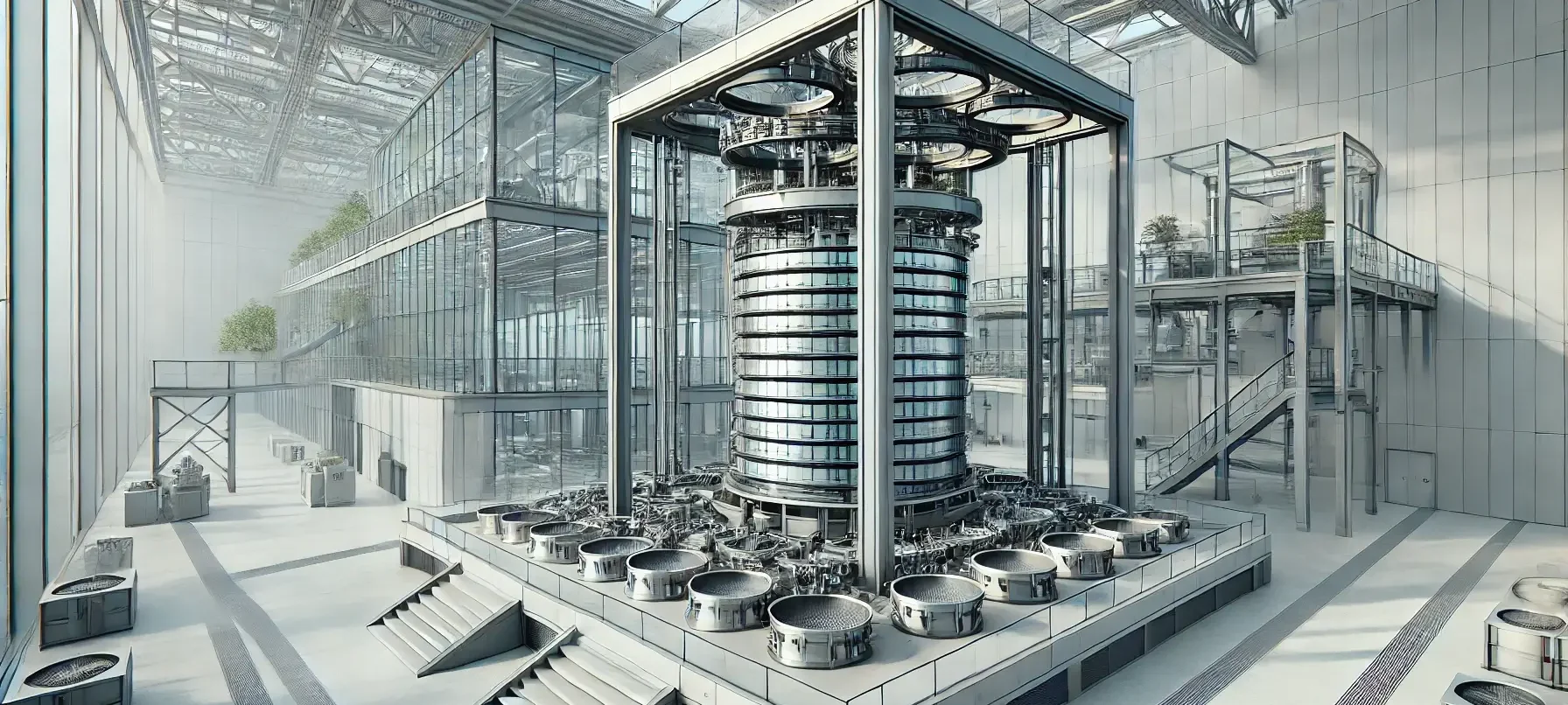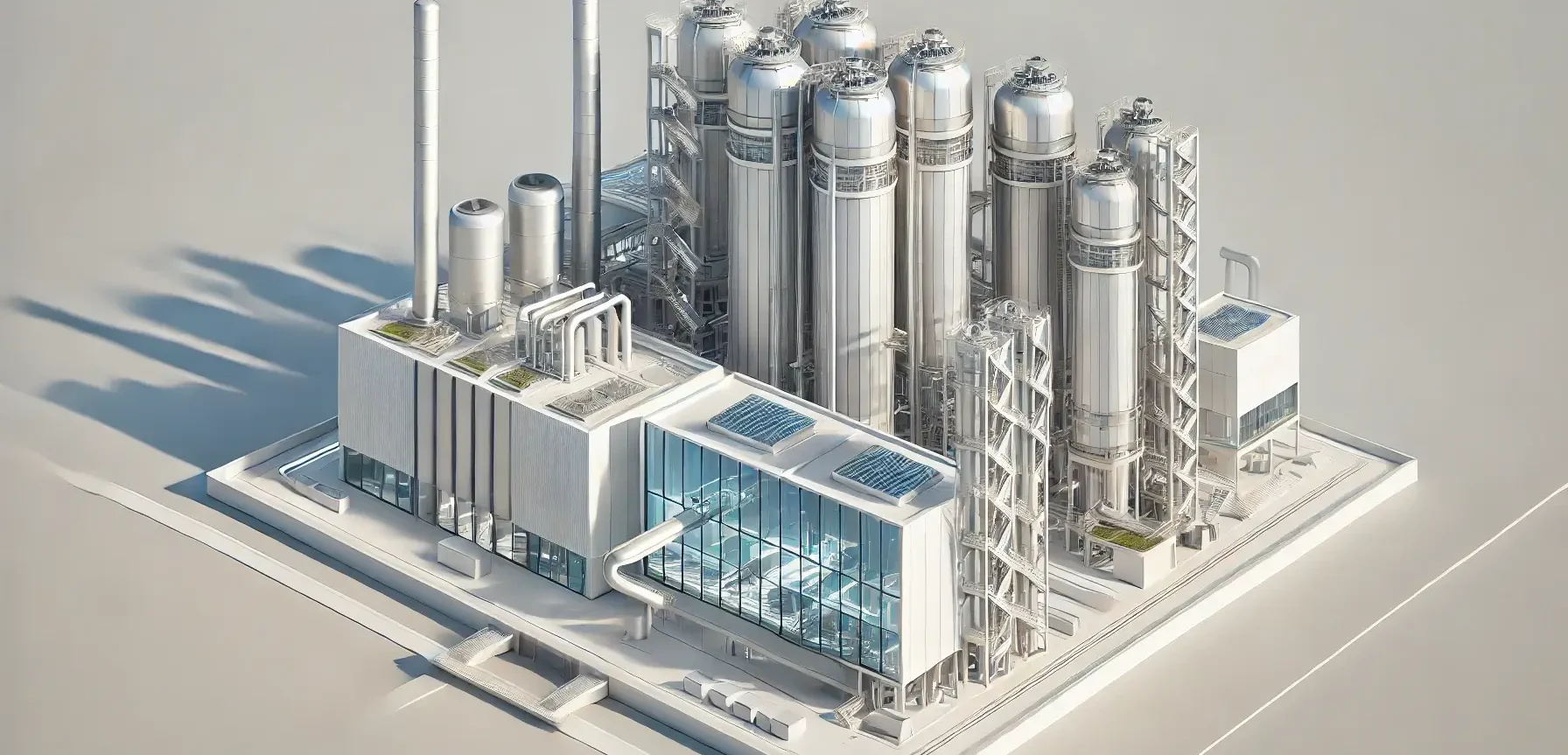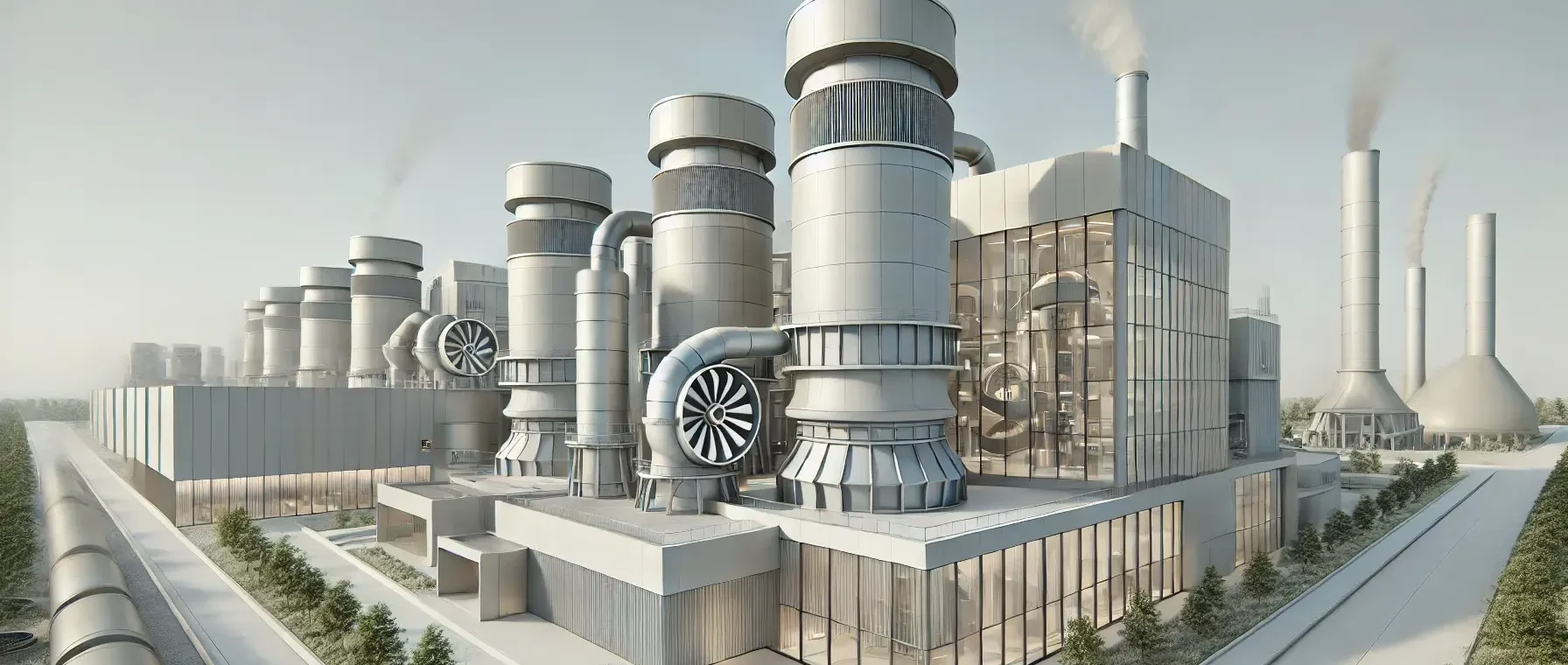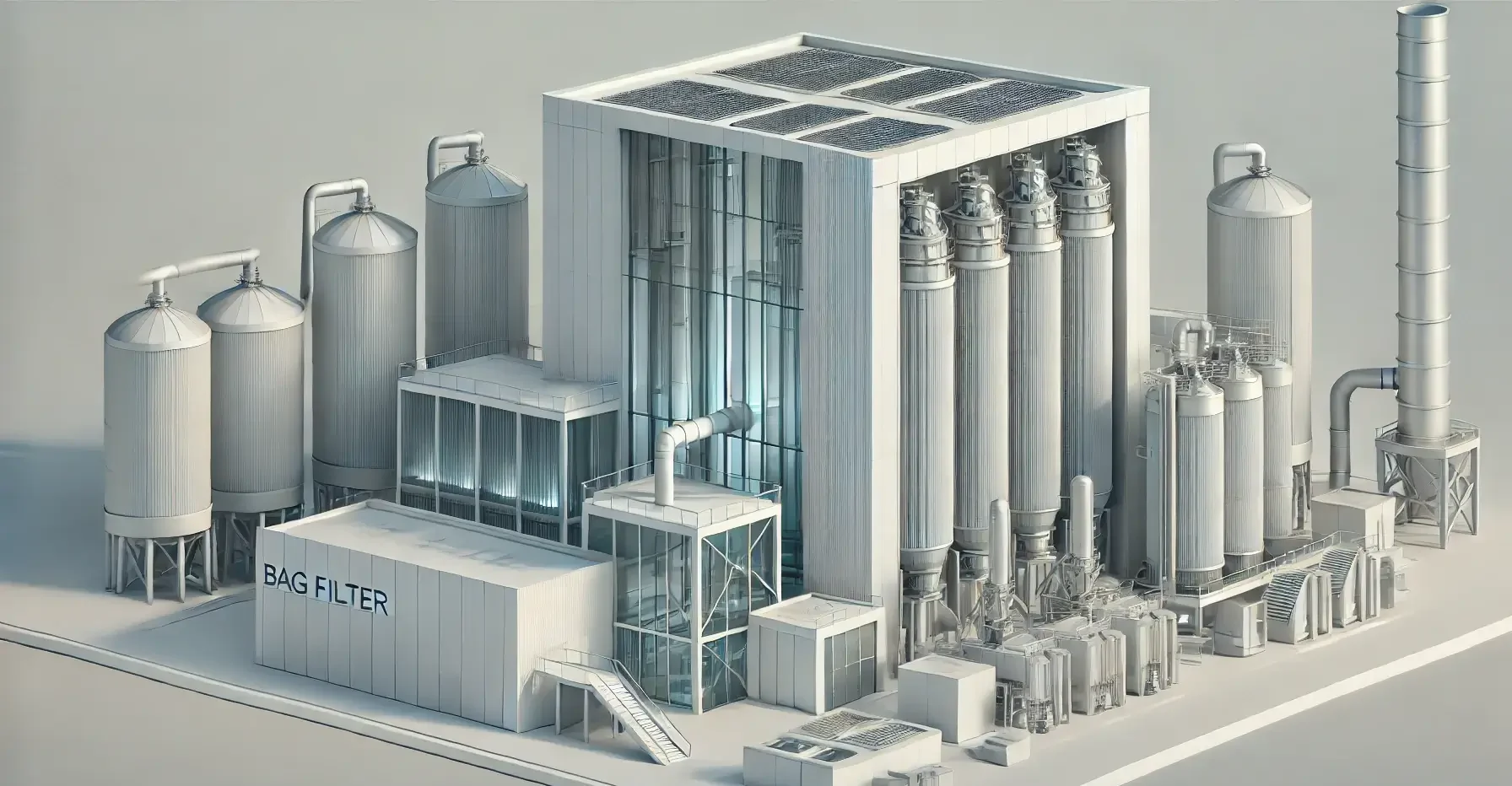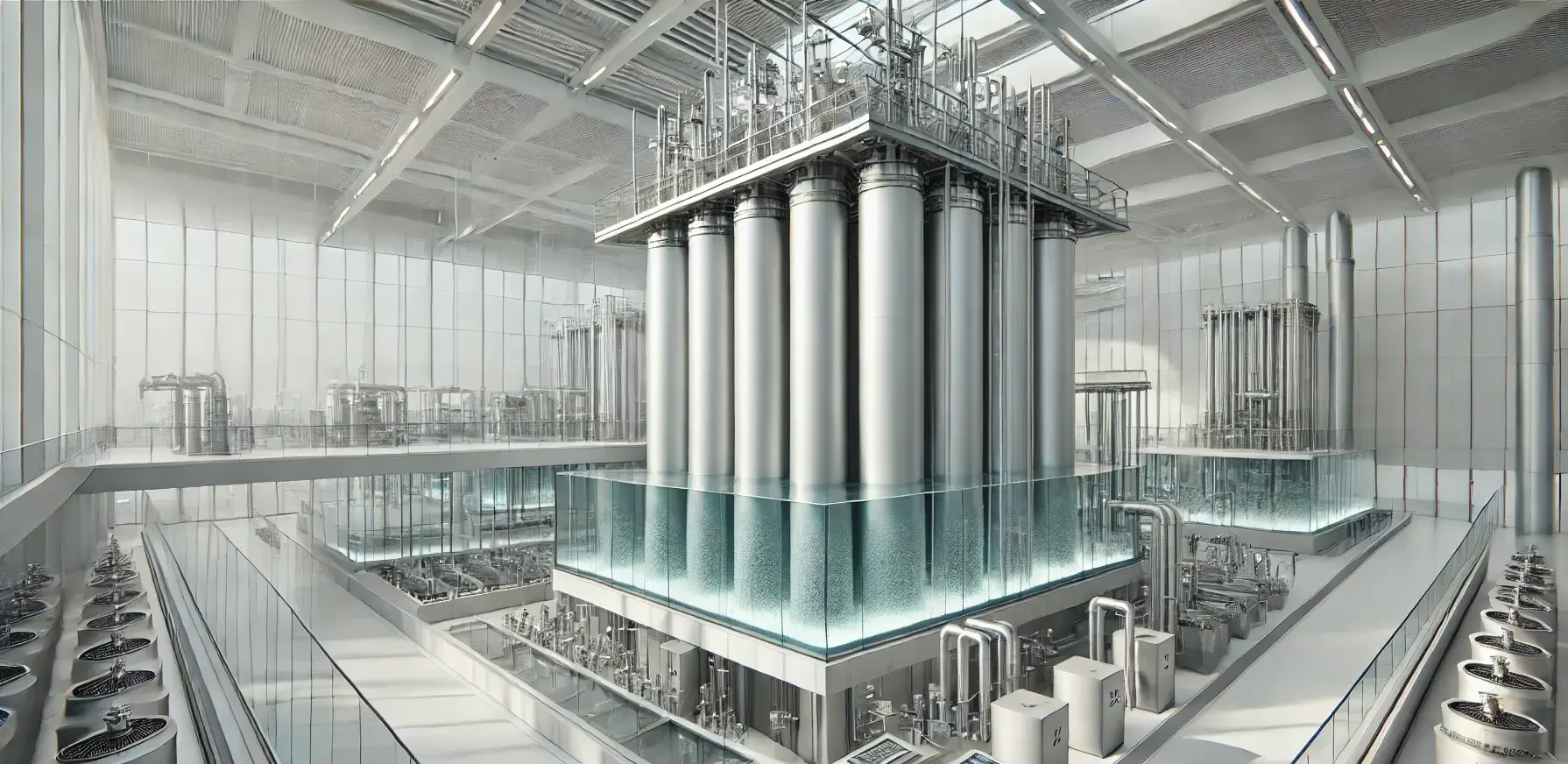Rotameter
Principle of Rotameter: Based on the variable area principle. A float rises in a tapered tube until the area between the float and the tube balances the gravitational force on the float. The flow rate is directly read from a scale on the tube. Construction of Rotameter: Tapered Tube: Vertically mounted, widens from bottom to … Read more





